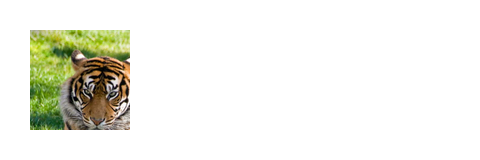boxElement
An inline-level container that sizes content.
All elements except inline math, text, and boxes are block-level and cannot occur inside of a paragraph. The box function can be used to integrate such elements into a paragraph. Boxes take the size of their contents by default but can also be sized explicitly.
Example
Refer to the docs
#box(
height: 9pt,
image("docs.svg")
)
for more information.

Parameters
width
The width of the box.
Boxes can have fractional widths, as the example below demonstrates.
Note: Currently, only boxes and only their widths might be fractionally sized within paragraphs. Support for fractionally sized images, shapes, and more might be added in the future.
 View example
View example
Line in #box(width: 1fr, line(length: 100%)) between.

Default: auto
height
The height of the box.
Default: auto
baseline
An amount to shift the box's baseline by.
 View example
View example
Image: #box(baseline: 40%, image("tiger.jpg", width: 2cm)).

Default: 0% + 0pt
fill
The box's background color. See the rectangle's documentation for more details.
Default: none
stroke
The box's border color. See the rectangle's documentation for more details.
Default: (:)
radius
How much to round the box's corners. See the rectangle's documentation for more details.
Default: (:)
inset
How much to pad the box's content.
This can be a single length for all sides or a dictionary of lengths
for individual sides. When passing a dictionary, it can contain the
following keys in order of precedence: top, right, bottom, left
(controlling the respective cell sides), x, y (controlling vertical
and horizontal insets), and rest (covers all insets not styled by
other dictionary entries). All keys are optional; omitted keys will use
their previously set value, or the default value if never set.
Relative lengths are relative to the box size without outset.
Note: When the box contains text, its exact size depends on the current text edges.
 View example
View example
#rect(inset: 0pt)[Tight]

Default: (:)
outset
How much to expand the box's size without affecting the layout.
This can be a single length for all sides or a dictionary of lengths for individual sides. Relative lengths are relative to the box size without outset. See the documentation for inset above for further details.
This is useful to prevent padding from affecting line layout. For a generalized version of the example below, see the documentation for the raw text's block parameter.
 View example
View example
An inline
#box(
fill: luma(235),
inset: (x: 3pt, y: 0pt),
outset: (y: 3pt),
radius: 2pt,
)[rectangle].

Default: (:)
clip
Whether to clip the content inside the box.
Clipping is useful when the box's content is larger than the box itself, as any content that exceeds the box's bounds will be hidden.
 View example
View example
#box(
width: 50pt,
height: 50pt,
clip: true,
image("tiger.jpg", width: 100pt, height: 100pt)
)

Default: false
body
The contents of the box.
Default: none